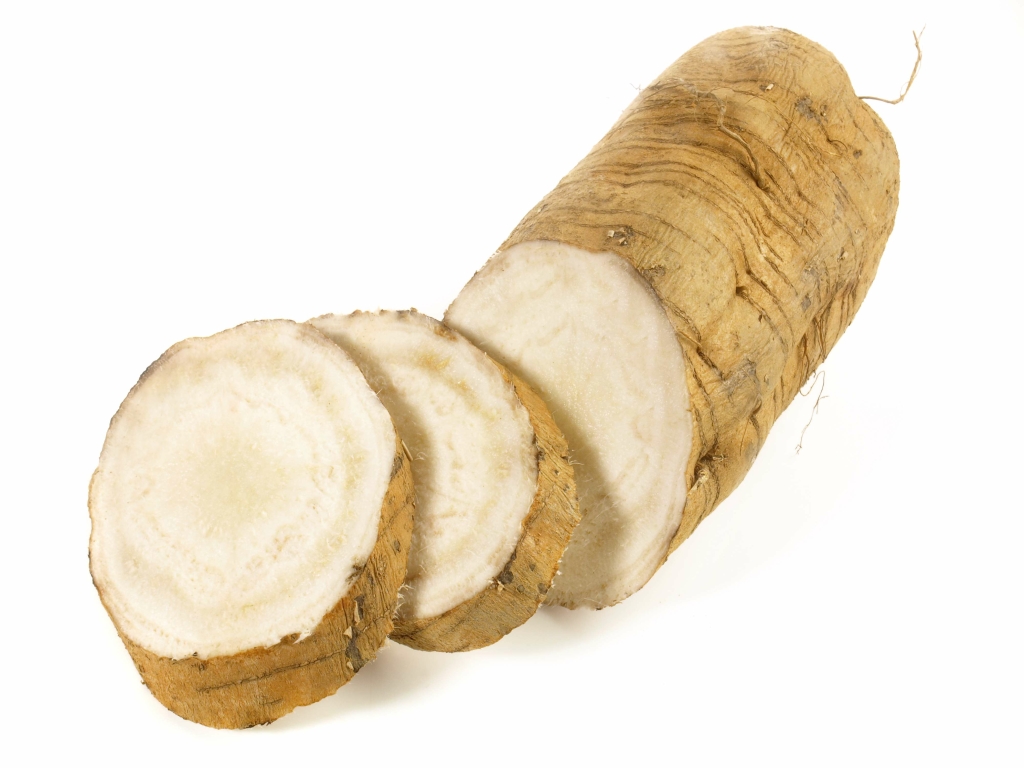But experts say that’s because high housing costs are pushing people onto the streets faster than the state’s overburdened supportive housing system can pull them back inside. To make sure people don’t end up back on the street after a relapse, counties would have to keep spaces in low-barrier housing free, in case someone needs to move out of sober housing, Haney said. In order to make sure this rule is followed, you may be subjected to take frequent drug tests often at random and, if you refuse to take or fail one, you’ll be required to leave. The length of stay can vary based on individual needs, but many people stay for several months to a year as they work on building a solid foundation for their recovery.
Sober Living Homes In North Jersey
When all is said and done, the costs of not getting needed treatment help through sober living can far outweigh the costs of paying for treatment. For many people, the structure, support and life experience to be gained from these programs becomes a much needed training ground for building a drug-free lifestyle. Sober living homes—sometimes called halfway houses—are helpful forms of aftercare, which allow patients to maintain focus on their sobriety around supportive peers following formal treatment. Some sober living homes have exercise equipment, fitness areas, recreational space, pools and cookout areas. The homes may also be near an outpatient treatment center or on the campus of residential rehab facility. In general, individuals with a history of vagrancy, incarceration or inadequate social support are at high risk of relapse.
Luxe Recovery
Some sober living homes allow cell phone use, while others have restrictions. Visitors may be asked not to bring cell phones or electronic devices into the facility, and anything brought in must first be approved to ensure that drugs are not brought inside. To promote independence and self-sufficiency, sober living homes often provide residents with life skills training. This may https://vmeda.spb.ru/pknig.html involve learning time management, budgeting, job-seeking skills, and other essential skills to navigate day-to-day life during and after their stay in the facility (Addiction Treatment). A sober living home is a temporary transitional living space for people recovering from substance abuse. It’s a safe haven that keeps you away from triggers and minimizes the risk of relapse.
Gender-Specific Sober Living Homes
- Sober living houses are often used as a transitional step for people who have completed an inpatient treatment program and are not yet ready to return to everyday living.
- Adding on to previous Levels’ services, Level III includes an emphasis on life skill development, offsite clinical services and in-house service hours.
- Residents in halfway houses may be subject to more stringent rules, including mandatory curfews and drug testing.
- The opinions expressed are the author’s alone and have not been provided, approved or otherwise endorsed by our advertisers.
- The emphasis on accountability, structure, and community support fosters a stable environment that helps individuals build healthy habits and tools for navigating life outside of the sober living home.
A new house member must be interviewed by current residents and must receive an 80 percent vote of approval to be accepted. We encourage you to give us a call http://www.kinoexpert.ru/index.asp?comm=5&kw=3788 to determine the exact cost of a sober living home. Sober living homes tend to be the same price, or even less costly, than a modest apartment or home.
Accountability to Keep Sobriety in Check
Finally, residents generally participate in evening meetings and adhere to a curfew to ensure a consistent schedule. Sober living homes serve as a bridge between inpatient treatment centers and the return to daily life. They provide a stable, supportive, and substance-free environment for individuals to continue their journey to sobriety. http://webos-forums.ru/post47896.html Some sober living facilities provide substance-free transitional housing for only men or only women, meaning men live with men and women live with women. Most people who live in sober living homes have at least a part-time job; they may be pursuing educational opportunities; and they should be finding and establishing new sober hobbies.
Recreational Facilities
That resulted in more than 25,000 reports of overdoses being stopped — and the true number is believed to be roughly five times higher, it said. More than 240,000 doses of the medication were handed out through its initiative in 2022 alone. Democratic Attorney General Kris Mayes estimates $2.8 billion was paid out to fake providers. Victims like Vanessa Tortice say fraudsters lured her with money or drugs.
- A sober living home is a temporary transitional living space for people recovering from substance abuse.
- Sober living homes enforce rules designed to maintain a drug-free environment, including regular drug testing.
- Democratic Attorney General Kris Mayes estimates $2.8 billion was paid out to fake providers.
Sober homes are designed to provide safe and supportive group living free of alcohol and drugs. They are based on peer support, structure and learning new life skills. Sober living homes are usually supervised to ensure a safe and structured environment for residents.. Upon arrival at a sober living home, residents typically undergo an initial assessment to determine their unique needs and develop a personalized treatment plan. This may include establishing goals for recovery, ongoing support services, and plans for engaging in recovery-oriented activities.
- To promote independence and self-sufficiency, sober living homes often provide residents with life skills training.
- This complete guide on how to find a sober living home in the state of New Jersey can help.
- With that in mind, it’s important to understand the purpose of a sober living home.
- Choosing the right sober living home involves balancing practical considerations with your personal recovery needs.
- Numerous studies have shown that most people who live in sober homes after attending treatment have low rates of relapse and are able to live productive lives.










